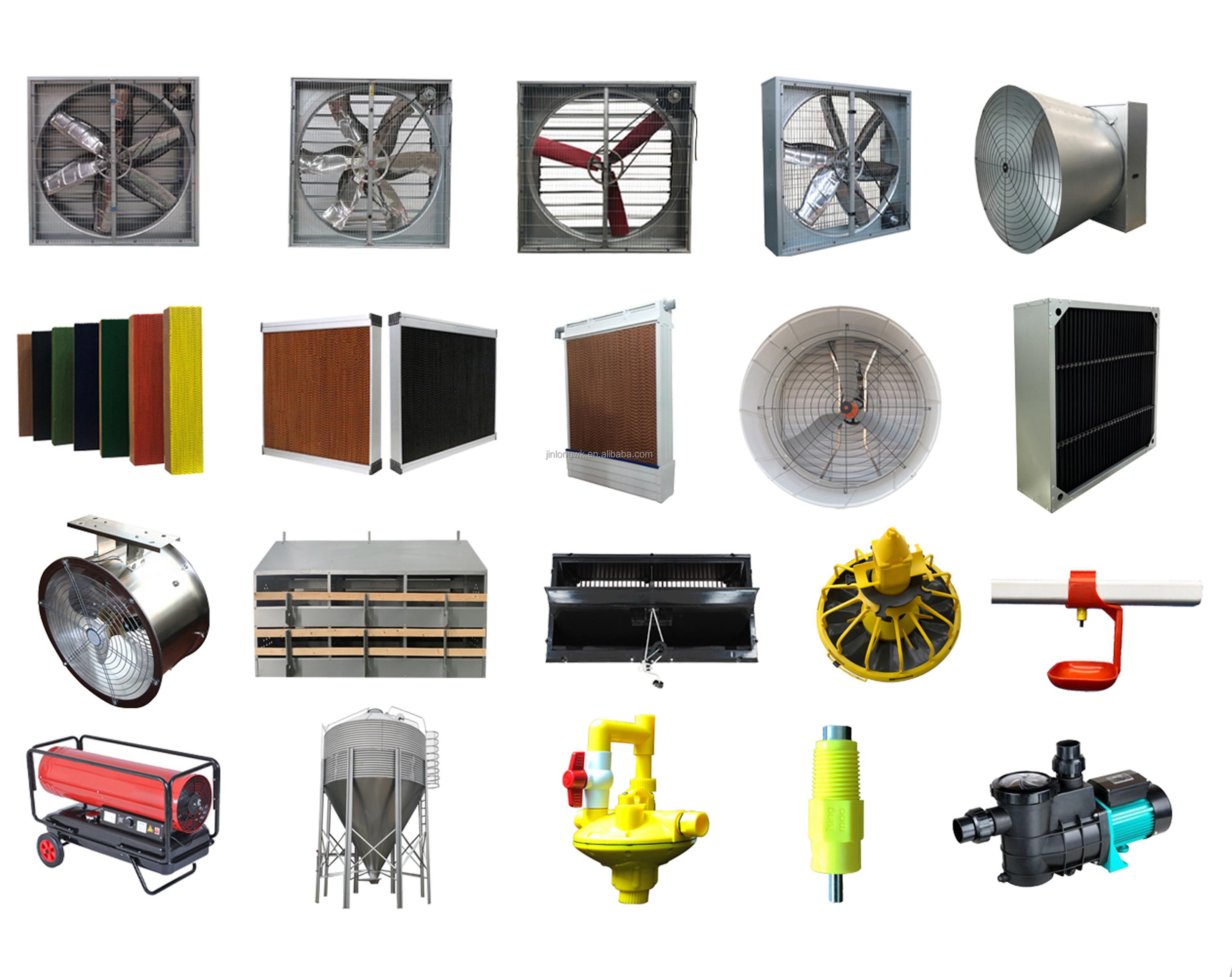Innovative Solutions for Enhancing Welfare in Chicken Layer Battery Cage Systems and Practices
Aug . 14, 2024 00:56 Back to list
Innovative Solutions for Enhancing Welfare in Chicken Layer Battery Cage Systems and Practices
The Chicken Layer Battery Cage A Controversial Component of Poultry Farming
The chicken layer battery cage system has been a topic of intense debate in the world of agriculture and animal welfare
. This method, designed to optimize egg production by housing hens in small, confined spaces, shapes much of the current commercial poultry industry. While proponents argue its efficiency and economic benefits, opponents raise serious concerns about animal welfare and ethical farming practices.Battery cages are typically stacked systems that allow multiple hens to be housed in a single cage. Each hen is allotted roughly the space of a sheet of paper, approximately 67-86 square inches, which severely restricts their movement. The primary goal of this system is to maximize production; a single battery system can house thousands of chickens, leading to a more substantial output of eggs at a lower cost. Farmers argue that this increases profit margins and ensures a stable supply of eggs for consumers.
However, the cramped conditions of battery cages have drawn significant criticism from animal welfare activists. Critics argue that these cages prevent hens from engaging in natural behaviors such as nesting, perching, and foraging. Behaviors typical of a hen's natural life, like scratching and dust bathing, are nearly impossible in such constrained environments. The psychological stress of confinement can lead to a range of adverse health issues, including feather pecking, stress, and even cannibalism among the birds.
chicken layer battery cage

In response to mounting pressure from activists and consumers demanding more humane treatment of animals, many countries have begun to shift away from battery cage systems. The European Union, for instance, banned traditional battery cages in 2012, mandating the transition to enriched cages that provide slightly more space and amenities like nesting boxes and perches. Similarly, several states in the U.S. have implemented legislation aimed at phasing out battery cages in favor of more humane alternatives.
As consumer awareness of animal welfare continues to grow, many egg producers are adapting to meet these new expectations. Cage-free systems, which allow hens to roam freely within a barn, and pasture-raised systems, which provide access to the outdoors, have gained popularity. These alternatives not only enhance the hens' quality of life but also appeal to the ethical considerations of a growing segment of the population that prioritizes humane farming practices.
Despite the criticisms, it's essential to consider the reality faced by many poultry farmers. Transitioning from battery cages to more humane systems can require significant financial investments and adjustments in management practices. While the animals’ welfare is paramount, the economic viability of farming operations cannot be overlooked. As the industry navigates this complex landscape, stakeholders must find a balance between productivity, animal welfare, and economic sustainability.
In conclusion, the chicken layer battery cage system remains a contentious element of modern poultry farming. Its efficiency and cost-effectiveness are undeniable, yet the ethical implications of confining animals so severely cannot be ignored. As consumers demand more humane practices and advocacy for improved animal welfare intensifies, the future of battery cages may be at a crossroads. By exploring alternative systems that prioritize the well-being of the hens without sacrificing the viability of poultry farming, it is possible to create a more ethical approach to egg production.
-
Automatic Feeding Line System Pan Feeder Nipple Drinker-Anping County Yize Metal Products Co., Ltd.
NewsJul.30,2025
-
Automatic Feeding Line System-Anping County Yize Metal Products Co., Ltd.|Durable Construction&Easy Maintenance
NewsJul.30,2025
-
Automatic Feeding Line System-Anping County Yize Metal Products Co., Ltd.|Pan Feeder Nipple Drinker&Durable Poultry Farming Solution
NewsJul.30,2025
-
Automatic Feeding Line System Pan Feeder Nipple Drinker|Anping County Yize Metal Products Co., Ltd.
NewsJul.29,2025
-
Automatic Feeding Line System-Pan Feeder Nipple Drinker|Anping County Yize Metal Products Co., Ltd.
NewsJul.29,2025
-
Automatic Feeding Line System - Pan Feeder Nipple Drinker|Broiler Farming Equipment
NewsJul.29,2025






